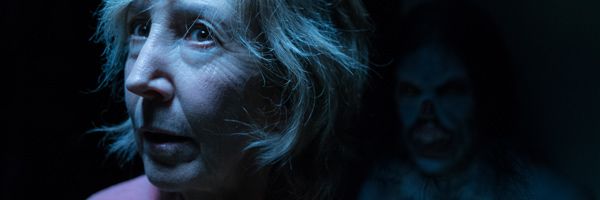

"I think any time you have a prequel in a horror film, you’re sort of cut off at the knees in terms of tension, because you know - at least off-camera - that these people are going to survive," Robitel explained. For Robitel, knowing the character's ultimate fate proved "very difficult," although it also challenged him to find a reason to justify his film's existence. Elise Rainier has nevertheless become the human face of the franchise, with both Insidious: Chapter 3 and Insidious: The Last Key serving as prequels chronicling Elise's (and Specs and Tucker's) cases before her fateful encounter with the Lambert family. "I wanted a demon that could physicalize that idea, thematically." Although the character died at the end of the first Insidious film, Dr.


This idea of locks and keys, and the idea of a secret within us," Robitel said. "And then I had to meet with Jason Blum, of course, so I was vetted and vetted and vetted and ultimately, with James and Leigh’s blessing, got the job." "I had done some early concept art with a friend named Jacob Hare, and I wanted something that was iconic and that represented the themes of the movie. So from that I pitched this other entity and had some concept art, so between the presentation and the 'lookbook', and this idea for this entity, I think that they really dug it," Robitel said of his initial pitch for directing the film. "So much of Insidious to me is the red-faced, lipstick demon. Robitel wanted to create "a really iconic demon" for this particular chapter in the horror saga. As already glimpsed in the trailer, a prison appears in the film - the reasons for which we're going to leave out of this piece due to spoilers - but suffice to say the film's visual motif of locks and keys stems from that plot element. During a recent one-on-one chat with IGN, Insidious: The Last Key director Adam Robitel discussed the thinking that went into the demon's distinctive look.


 0 kommentar(er)
0 kommentar(er)
